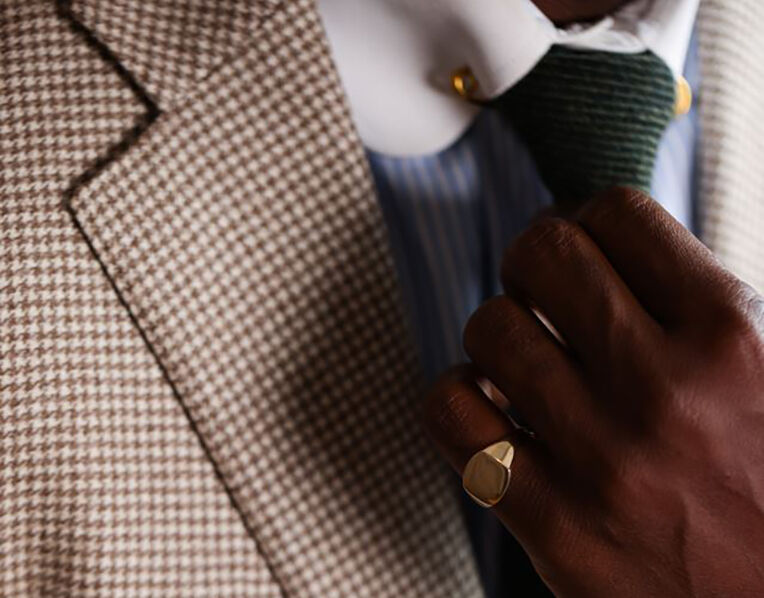Leap Year Proposals: A Tradition of New Love
Leap years come around once every four years, bringing with them an extra day to the calendar. While this additional day is a quirk of our timekeeping system, it has also given rise to a charming and age-old tradition - Leap Year Proposals. Steeped in history and folklore, this unique custom has empowered women to take the reins in matters of the heart.
The roots of the leap year proposal tradition can be traced back to 5th-century Ireland. According to legend, St. Bridget complained to St. Patrick about women having to wait for men to propose. In response, St. Patrick supposedly decreed that women could propose on this extra day that occurred once every four years during a leap year. This legend laid the foundation for the idea that women had the right to reverse traditional gender roles when it came to proposals.
Throughout history, societal norms often dictated that men were the ones to initiate marriage proposals. However, leap years provided a unique opportunity for women to break free from these conventions. The tradition gained popularity over the centuries, with women across different cultures embracing the idea of taking charge of their romantic destiny.
Famous Leap Year Proposals
Over the years, leap year proposals have captured the public's imagination and found their way into popular culture. One of the most iconic instances occurred in 1288 when Queen Margaret of Scotland supposedly enacted a law allowing women to propose during leap years. Those who were denied could demand a fine from the reluctant suitor, such as a kiss, a silk gown, or a pair of gloves.
In modern times, celebrities have also embraced the leap year proposal tradition. In 2016, actor Patrick Neil Harris proposed to his partner David Burtka on the leap year day, creating a heartwarming and memorable moment that resonated with fans worldwide.
The Contemporary Significance
While the leap year proposal tradition may have originated in a time when gender roles were more rigidly defined, its contemporary significance lies in the celebration of love and equality. In an era where traditional gender norms are continually evolving, the leap year proposal tradition serves as a reminder that love knows no bounds and that both partners should feel empowered to express their feelings.
In keeping with this spirit of modernity and personal choice, some women have adopted the practice of proposing with unique symbols of commitment and many opt for presenting a watch or a ring during their leap year proposal. This twist on the conventional proposal not only honours the tradition but also adds a contemporary and personalized touch.
Watches, with their intricate craftsmanship and timeless appeal, symbolize the precious nature of time spent together, while men's rings offer a direct parallel to the customary engagement ring, emphasizing equality and mutual respect in the relationship.
These contemporary practices highlight the ever-evolving nature of romantic gestures and the importance of personalization in modern relationships. By choosing meaningful and non-traditional items for the proposal, these women celebrate their love stories in a way that resonates with their unique bond.
Tips for Leap Year Proposals
1. Planning is Key: If you're considering a leap year proposal, careful planning can make the moment even more special. Consider the location, atmosphere, and any personal touches that would make the proposal unique.
2. Personalisation: Tailor the proposal to reflect your relationship. Incorporating shared memories, inside jokes, or sentimental elements can add a personal touch to the moment.
The story of leap year proposals is a fascinating journey through history, folklore, and changing societal norms. This tradition, rooted in a desire for love and equality, continues to inspire couples around the world to take bold steps toward a shared future. Whether you choose to follow this tradition or forge your own path, the leap year proposal serves as a reminder that love is a powerful force that transcends time and tradition.


mobile.jpg)